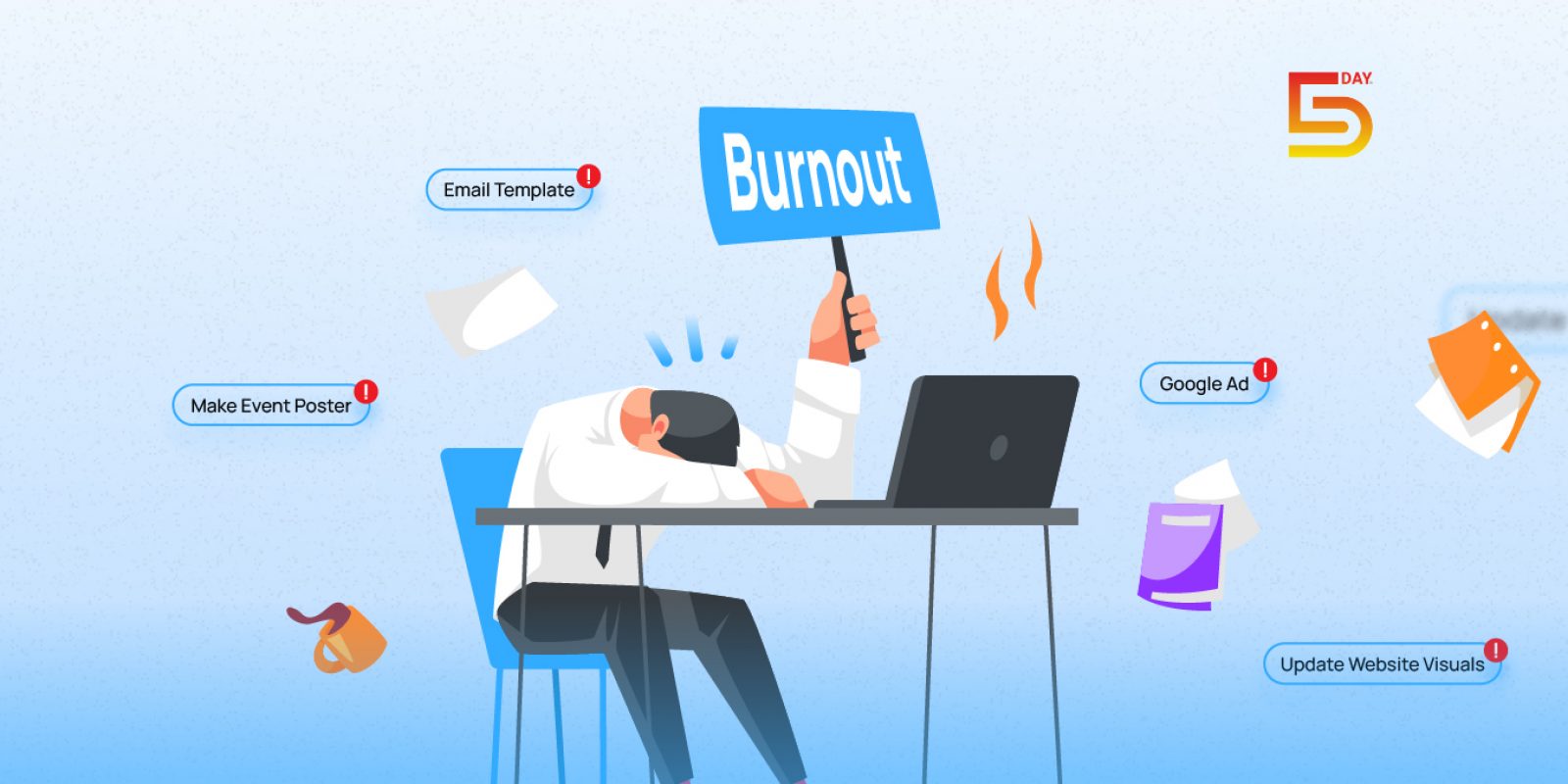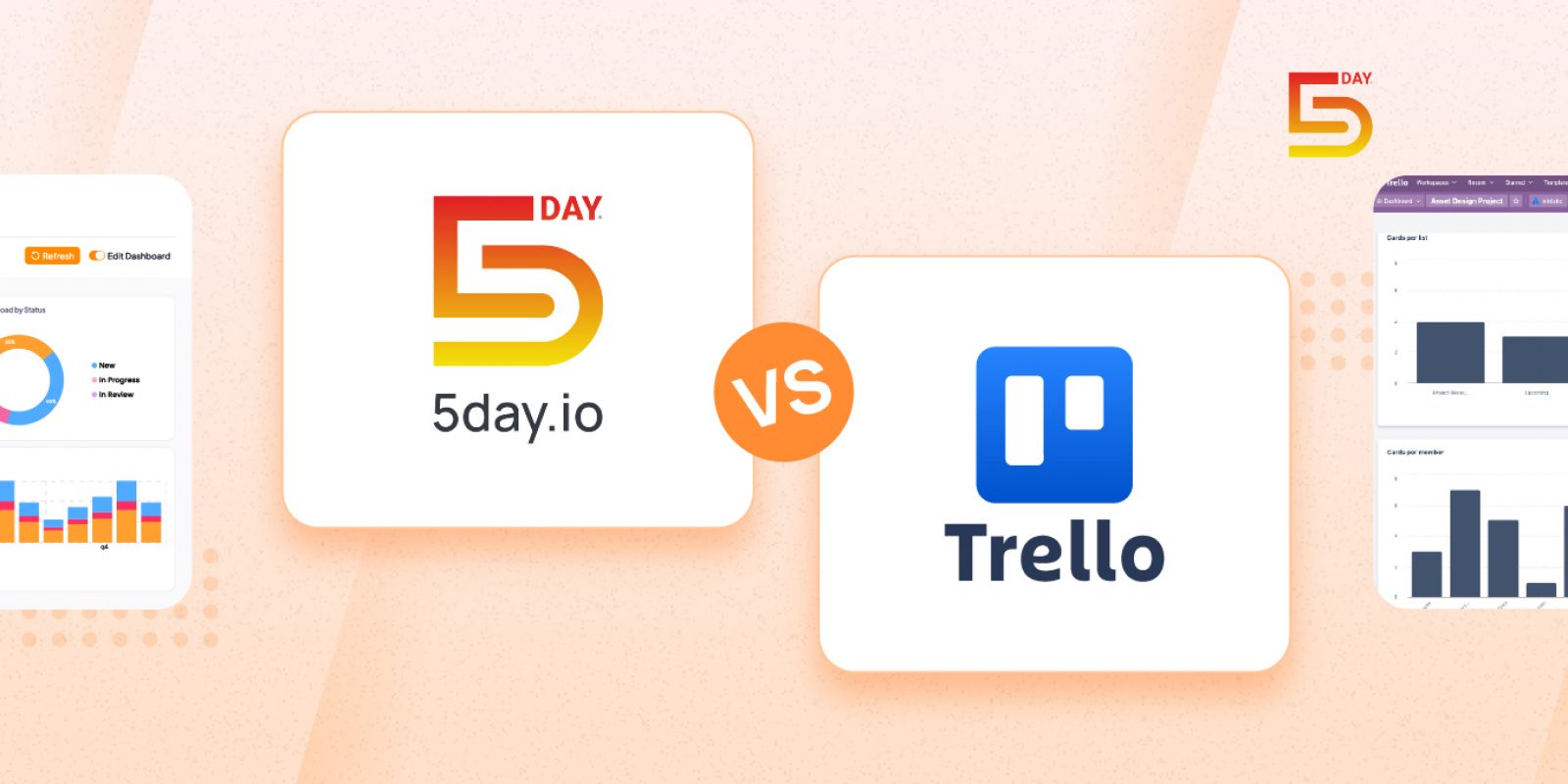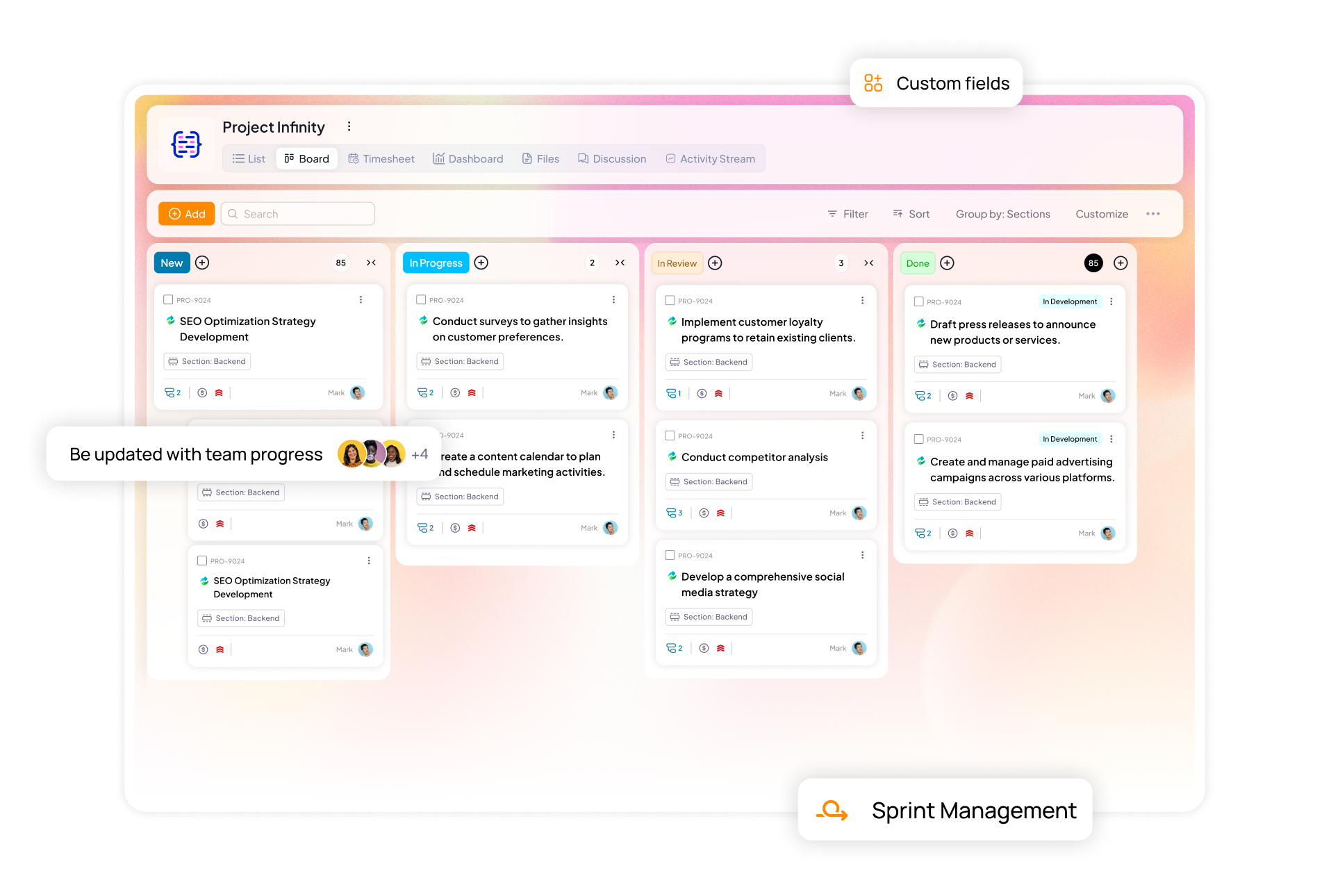Every marketing leader knows the thrill of launching multiple campaigns at once. It means more reach, more impact, more growth, and more revenue.
But there’s the trade-off no one talks about.
The hidden cost to your team’s focus and energy. The more campaigns you juggle without a system, the more you pay in missed details and quiet burnout that erodes creativity. And often, it’s easier to burn out under that kind of pressure.
In this article, you’ll learn about the real challenges of multiple marketing campaign management, how to spot burnout signals early, and proven ways to bring order to madness. You will also find out how the right processes and tools can keep your team aligned and sane.
Challenges in managing multiple marketing campaigns
Running one successful campaign requires focus. But running many at once demands a superhuman effort. Take this study, for example:
Agencies often handle 5–20 PPC campaigns simultaneously, each with its own goals, channels, assets, and deadlines. Now apply the same pressure across the full scope of marketing, like email, social, content, events, and the complexity multiplies fast. It’s no wonder teams feel overwhelmed every time a client requests a last-minute asset. Most often, two (or more) campaigns may target different audiences but have launch dates that collide. Without coordination, teams end up multitasking frantically. This creates constant context-switching fatigue.
Multiple campaigns often create responsibility conflicts. Clear marketing workflow optimization keeps approvals moving and prevents task duplication.
Such overlaps, ad-hoc client demands, and fragmented workflows can drain energy and distract from true marketing creativity.
As a result, agencies often try to cope with Excel calendars or color-coded planners. But those solutions barely scale beyond a few campaigns. The key is to step back and build structure.
Signs your marketing team is approaching burnout
When marketing campaign workloads pile up, your team’s well-being is at stake, too. But marketing team burnout doesn’t happen overnight. You can watch for clear warning signs that a marketer is burning the candle at both ends.
Let’s look at such indicators so you can intervene before it’s too late.
Constant exhaustion and low motivation
Burned-out team members lose their spark. They often feel lethargic in meetings and may start missing deadlines.
A lack of motivation is one of the most obvious signs of marketing team burnout. Deadlines start to slip as people simply can’t find the energy they once had for creative tasks.
Cynicism and frustration
Instead of passion for campaigns, you hear complaints, like what’s the point or this will never work. Burned-out marketers often become negative about their projects. They may even drop snarky comments or roll their eyes at new ideas.
When your team’s vibe changes from, we can do it to what’s the point, it’s an early signal you can address.
Quality drops and mistakes increase
When teams burn out, quality drops and mistakes multiply. They miss details, overlook typos, misreport analytics, and forget client revisions.
Withdrawal and absenteeism
Burnout harms the team’s health and behavior. Team members call in sick more often or skip brainstorming sessions. You might notice people avoiding meetings or preferring to work solo.
Loss of creativity
Marketing thrives on creative energy. Burnout saps creativity as ideas feel bland or recycled. If your content and campaign ideas start sounding repetitive, it’s likely because the team is too drained to innovate. Catch these signs early to balance workload and avoid marketing burnout long before morale drops.
Why does juggling multiple campaigns often fail without structure?
Many teams try to wing it when campaigns pile up. But without structure, even the most talented team can spiral into chaos. A crowded task list needs a plan. Otherwise:
Tasks go unnoticed
Without a clear plan and tool, it’s easy to forget steps. When that happens, a single forgotten deliverable doesn’t just affect one campaign; it cascades.
For example, missing to send an email for Campaign A might push back the whole schedule, forcing weeks of deadelays for Campaigns B and C.
Lack of visibility
With no central dashboard, it’s difficult to track project progress in real time. Everyone scrambles in the dark. As a result, someone always ends up chasing updates instead of getting work done.
Marketing teams quickly learn that without real-time visibility, they spend more time chasing updates than doing work.
Communication breakdowns multiply
Marketing campaigns involve designers, copywriters, media buyers, and often clients, too. Managing them without a single platform means miscommunication.
One team member updates a task in email, and the rest of the team doesn’t know about it. This results in approvals stalling and assets getting lost in inboxes, blocking creativity.
Burnout and resentment
Ironically, trying to manage chaos without structure often makes the marketing team burnout worse. Every last-minute struggle to complete a task adds stress. Without processes or tools to ease the load, even small agencies find their most capable people stressed and frustrated.
Proven strategies for effective campaign workload management
The good news is that juggling campaigns without losing your mind is possible. Here are some battle-tested strategies marketing teams use for campaign workload management and staying focused.
Prioritize and set clear goals
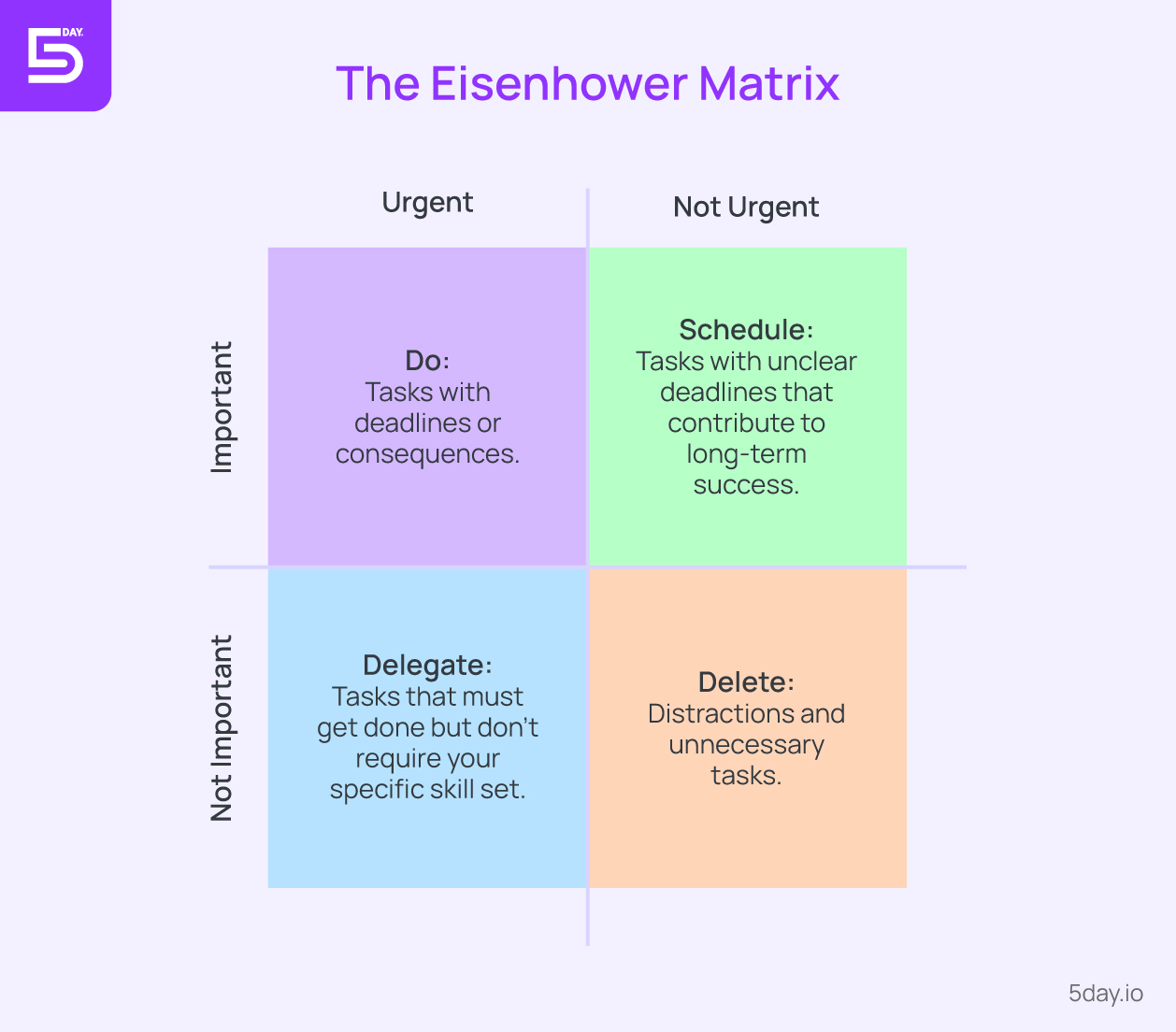
Not all campaign tasks are equal. List out every deliverable for all campaigns. Use frameworks like the Eisenhower Matrix (urgent vs. important) and set SMART goals (that are specific, measurable, achievable, relevant, time-bound) for each campaign phase.
For instance, break a launch into phases (planning, design, review, launch) and target one milestone per phase. This way, the team focuses on the biggest impact tasks first.
Create detailed plans and calendars
Nothing beats a unified campaign calendar. Use a central content calendar with tools like Google Sheets or a project management tool where you map every deadline and creative milestone.
Update it weekly as things shift. Include buffer time around launches to handle last-minute changes. Also, maintain separate trackers for assets and approvals. If you haven’t already, develop templates for social media and recurring client projects to jumpstart quickly.
Use focused time blocks and productivity techniques
Multitasking is a myth, as it just splits your attention and makes it harder to deliver at your best. Encourage team members to time-block. Build in short breaks (the Pomodoro Technique of 25-minute sprints works well) to recharge.
Teach your team to protect those focused periods by silencing pings. Even something like 15–30 minutes of deep work on one project can make a big difference in output and stress.
You can plug 5day.io’s DND features here.
Delegate based on strengths
You don’t have to do it all yourself (and shouldn’t!). Assign tasks according to each person’s expertise and bandwidth. For example, let your best copywriter handle the high stakes landing page, while giving a junior writer routine social post.
Use collaboration tools for shared access to drafts. Most importantly, trust your team and empower members to own entire subtasks of a campaign.
Delegation not only lightens your plate, but it also motivates the team by showing faith in their skills.
Automate repetitive tasks
If you find yourself doing the same admin work over and over, automate it. Use integration tools to automate emails and social scheduling.
Automations free you to focus on creative strategy, and they eliminate human error on the tedious parts.
Maintain transparent communication
Regular check-ins are vital. That’s why it’s important to hold daily or bi-weekly stand-ups to share updates and ask for help. Make it easy for team members to flag roadblocks early.
Likewise, keep clients in the loop with concise status updates (consider a shared dashboard or brief weekly report).
Everyone knowing the plan and current status reduces anxiety and prevents unnecessary surprises.
Celebrate quick wins
Amid long campaigns, recognize small victories. Share small wins like lead generation to remind everyone that progress is happening. Small celebrations boost morale and help the team see the light at the end of the tunnel.
Guard breaks and downtime
Balanced workloads promote team well-being. Encourage your team to take short breaks and use vacation days. Even a quick walk or a half-day off can reset focus and creativity.
A burned-out team member contributes little, so preventing burnout through real work-life balance is itself a strategic move.
Role of the project management tool in marketing campaign execution
At the heart of campaign overload is the problem with the tools. Project management software for marketing teamshelps untangle this mess. That’s why a majority of marketing firms now rely on such tools to manage their accounts.
Here’s how good project management for marketing teams helps with stress-free campaign execution.
A single source of truth
Instead of hunting through email chains and siloed docs, everything lives in one place. All campaign tasks, deadlines, files, and comments are visible to everyone. When everyone sees the same project board, miscommunications evaporate.
Templatized automated workflows
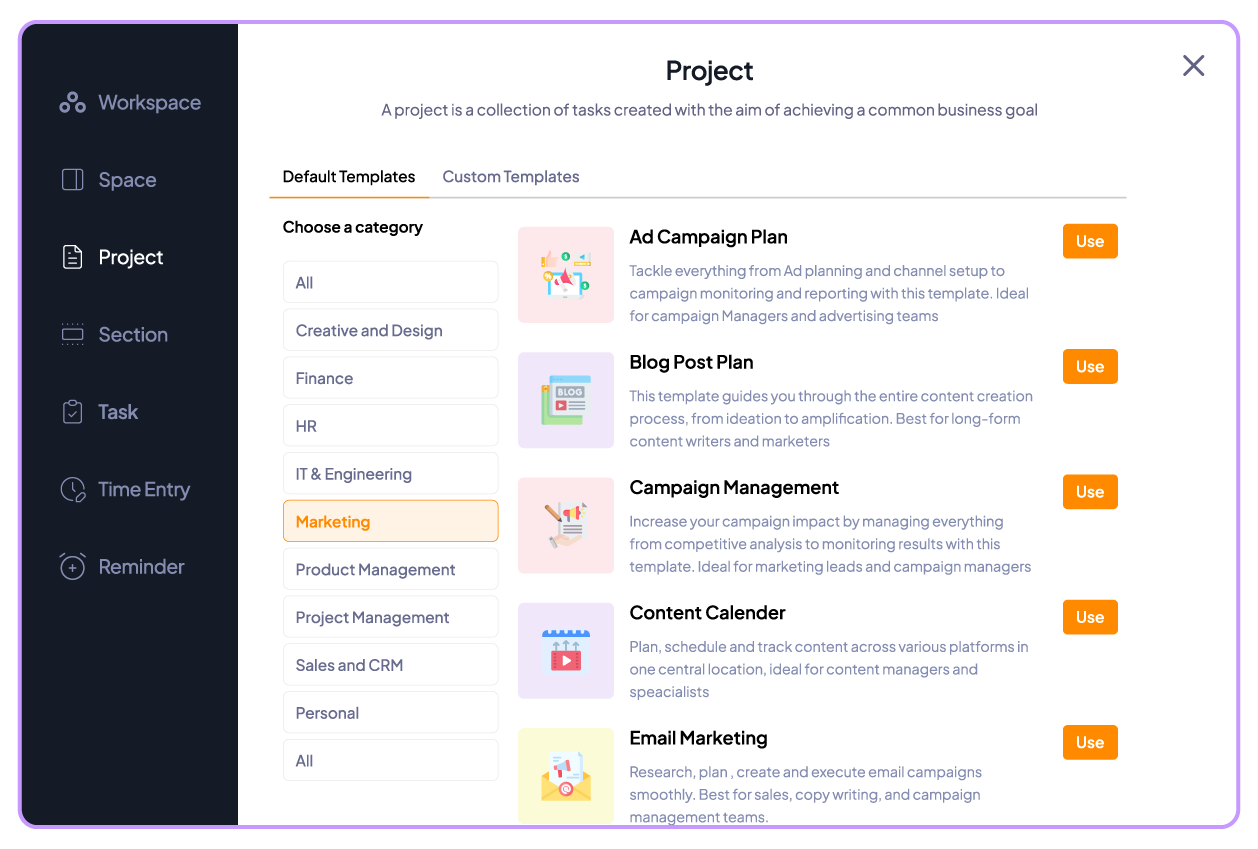
Many project management tools let you create templates for recurring campaign steps, These templates save time, keep processes consistent, and make campaign launches smoother. You can also set up automation rules to trigger the next action without manual input every time.
- With 5day.io, for instance, you can set up actions based on triggers and save them. And Zapier integration connects 5day.io to the rest of your marketing stack, so actions in your existing tools can sync seamlessly with your project workflows.Real-time progress visibility
Project tools allow you to visualize your progress. They display which tasks are done, in progress, or blocked through dashboard views or Kanban boards.
This kind of transparency lets managers step in precisely where needed, well before a deadline passes. Instead of hounding colleagues, they just check the board.
Clear responsibilities
With a project management tool for marketing agencies, you can assign every task to a person with a due date. This clarity keeps tasks visible and on track. It also formalizes ownership.
- For instance, clear responsibilities help reduce task overlap and confusion. And if delays start showing up in the workflow, managers can step in early to support the team member and remove roadblocks, rather than chasing down who missed what.Better collaboration
Tools often include comment threads and file attachments, keeping discussions about a task tied directly to it. When a designer or client gives feedback, they add it to the same thread. Teams using 5day.io experience smoother handoffs and feel more satisfied once everything lives on the same board.
Data and reporting
After a campaign wraps up, project management tools make retrospective analysis easier. Track where time went and what caused delays. Many platforms have time-tracking built in.
Over time, this data helps you plan future campaigns more accurately. Such post-campaign reviews and data-driven insights help improve future ROI.
Steps to successful marketing campaign management
Putting it all together, managing multiple campaigns is easier when you follow a clear, repeatable process.
Here’s a high-level roadmap to better marketing campaign management:
Kickoff and goal definition
Start every campaign with a kickoff meeting. Ensure everyone, from account managers to creatives, is on the same page with the objectives and success metrics.
Ask what exactly we are trying to achieve, for instance, increase sign-ups by 20%, generate X leads, and raise brand awareness. Defining this up front prevents a team from working on something that the client doesn’t need.
Also, during kickoff, list all stakeholders and roles. Skipping this step invites chaos later. A simple RACI chart or organization chart can save headaches.
Project planning and work breakdown
Turn the campaign goal into a detailed plan. Break the work into actionable tasks with Work Breakdown Structure. For example, content marketing might break into keyword research, outline, draft writing, editing, design, and publishing.
Assign each task to a person, set clear deadlines, and identify dependencies. As Harvard Business Review warns, missed deadlines often trace back to teams overestimating bandwidth or skipping key steps during planning. A clear work breakdown helps avoid these pitfalls, allowing you to Prevent that by planning every step.
Use your project management for marketing teams to map this out. Attach estimated effort or budgets if you can.
Set timelines and milestones
Lay out a campaign calendar and set the launch date as the final milestone then work backward to schedule all preceding tasks. Build in review/approval periods well before go-live. Create a shared list view so everyone sees the big picture.
- If possible, add buffer days for unexpected hurdles. Whether it’s a teammate falling sick, last-minute creative changes, or client feedback taking longer than planned, having some additional days helps absorb delays.Execution and tracking
Once launch day arrives, it’s all hands on deck. Hold brief daily check-ins (stand-ups) to surface blockers and re-align priorities. Update task statuses in real-time.
The goal here is to avoid surprises. Use a project management software with a dashboard that shows how the campaign is progressing at a glance.
If someone hits a roadblock, others can pitch in. The project manager (or team lead) can monitor critical path tasks and adjust resources if needed.
Clear communication
Keep everyone informed at every stage of the project lifecycle. For clients, set expectations early on the frequency and format of updates. For the team, ensure all relevant messages (client feedback, changes in scope) are in one place so the team doesn’t miss anything.
Transparency reduces stress, and when the team and client both know exactly where things stand, it eliminates burnout at the last minute.
Review and optimize
After each campaign, do a quick post-mortem of every task. Understand the reason behind the delays and list what worked as expected. Gather metrics such as reach, conversions, any budget variances, and share key learnings.
Update your marketing templates and processes based on these insights. Over time, this culture of reflection makes every subsequent campaign smoother and reduces work duplication.
Following these steps, often using a marketing-specific project management framework, keeps campaigns on track without last-minute hassles.
For example, many high-performing teams plan campaigns in distinct phases (Kickoff → Planning → Execution → Review).
- During kickoff, they align on objectives and participants
- In planning, they build the task list and timelines
- They power the execution phase with the project management tool for marketing teams and regular stand-ups
- In the review phase, they analyze outcomes and thank the team
How does 5day.io help align multi-campaign marketing teams?
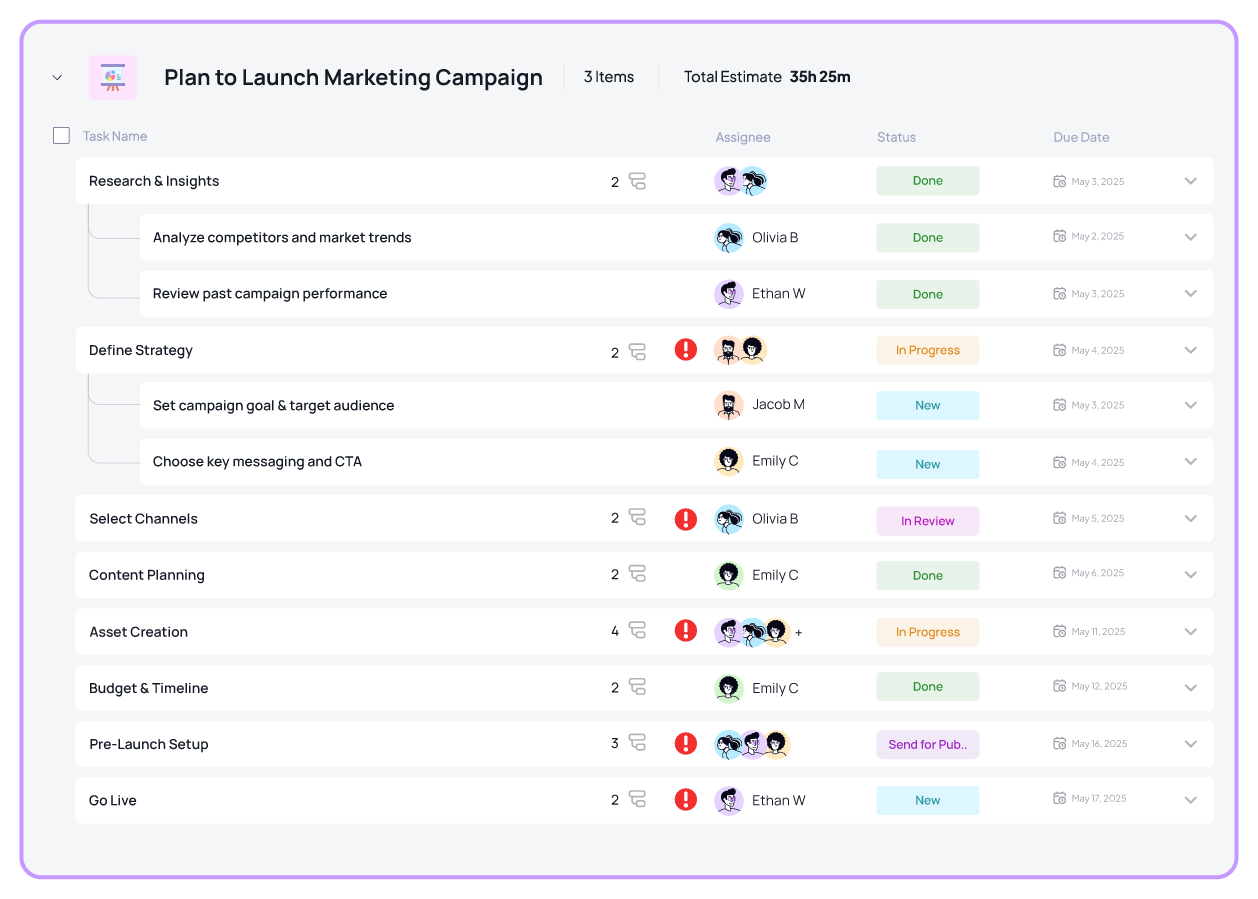
All these challenges and solutions for how to avoid burnout point toward one thing that the right software makes it easier. And that’s what 5day.io is for. It becomes the invisible layer that keeps every campaign moving smoothly without forcing your team to change how they work.
Here’s how 5day.io helps your team manage multiple campaigns and stay aligned.
- 5day.io gives your whole team one shared workspace for each campaign
- Teams can assign tasks with a dedicated owner and a deadline
- It lets you build templates of tasks for stress-free campaign launches
- With real-time dashboards and status updates, you get a live view of each campaign’s health
- You can set up custom task types, statuses, due dates, and approval steps that match your existing workflow
- Automates repetitive actions with custom triggers, so routine steps don’t eat into creative time
For busy marketers, it translates into faster launches and less stress. Teams using 5day.io report that they spend far less time in manual coordination (emailing status updates, chasing approvals, etc.) and far more time on the actual creative campaign work.
And when it comes time for the next campaign, the templates and data are already there.
If your team is struggling with multiple clients or projects, marketing project management tools like 5day.io can make all the difference. With a three-month free trial (no credit card needed), you can see how having a single, transparent workspace changes your workflow.
Give your team the breathing room they need. Try 5day.io today and stay aligned (and sane) across all your marketing campaigns.



